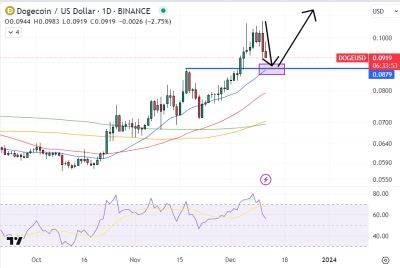CertiK: Crypto Social Media Scams Surge
In light of the increasing number of cryptocurrency scams permeating social media platforms, blockchain security company CertiK has delineated a comprehensive examination of this menacing trend. On October 26, 2023, CertiK took to Twitter to elucidate how the meld of social media's extensive reach and cryptocurrency's decentralized, and often murky, nature concocts a fertile ground for scam artists.
CertiK initiated its discourse by referencing a report from the Federal Trade Commission (FTC). The report stressed that cryptocurrency scams led to a staggering loss of over $1 billion in the 18 months leading up to June 2022. Interestingly, nearly 50% of these losses stemmed from engagements on social media platforms, whether via an advertisement, post, or direct message.
A Kaspersky report also revealed a 40% increase in cryptocurrency phishing attack scams in 2022, with 5,040,520 attacks compared to 3,596,437 in 2021. These attacks involve duping investors through fake websites and communication channels, allowing attackers to access crypto assets. Despite uncertainty about the future of phishing attacks, one in seven Kaspersky survey respondents admitted to being victimized. The attacks usually involve giveaway scams or phony wallet phishing pages, but attackers continue to refine their strategies. Recent incidents like Trezor warning against deception and Arbitrum investors falling victim to phishing links highlight the need for enhanced vigilance, authentication, and hardware wallets for crypto asset storage.
The discourse proceeded to the ominous «pump and dump» schemes. These operations are characterized by artificial inflation of an asset's value to reap profits. Small-cap cryptocurrencies, often hyped by
Read more on blockchain.news





















